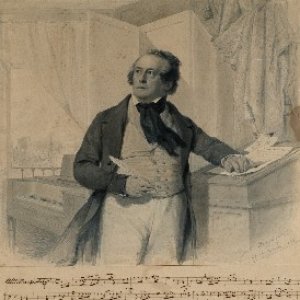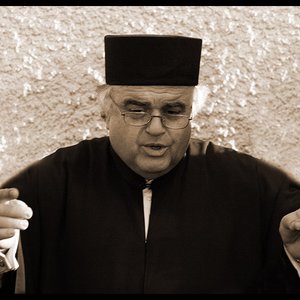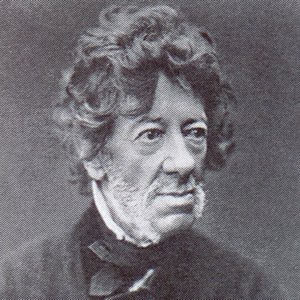Biography
Nikolaos Halikiopoulos Mantzaros (Greek: Νικόλαος Χαλικιόπουλος Μάντζαρος or Italian: Niccoló Calichiopoulo Manzaro, 26 October 1795 – 12 April 1872) was a Greek composer born in Corfu and the major representative of the so-called Ionian School of music (Επτανησιακή Σχολή). He was of mixed Greek and Italian noble descent, coming from one of the most important and wealthy families of the "Libro d'Oro" di Corfu and therefore he never considered himself a "professional composer". Recent research and performances have led to a re-evaluation of Mantzaros as a significant composer and music theorist.
He was taught music in his native city by the brothers Stefano (pianoforte) and Gerolamo Pojago (violin), Stefano Moretti from Ancona (music theory) and cavalliere Barbati, possibly a Neapolitan (music theory and composition). Mantzaros presented his first compositions (three concert or substitute arias and the one-act azione comica Don Crepuscolo) in 1815 in the theatre of San Giacomo of Corfu.
His relationship to Italy
From 1819 onwards he was regularly visiting Italy (Venice, Bologna, Milan, Naples), where, among others, he met the veteran Neapolitan composer Niccolo Antonio Zingarelli. His compositions include incidental music, vocal works in Italian and demotic Greek, sacred music for the Catholic Rite (three masses (1819?, 1825, 1835?), a Te Deum (1830)) and the Orthodox Church (notably, a complete mass based on the septinsular polyphonic traditional chanting (1834)), band music, instrumental music (24 piano sinfonie, some of them also for orchestra) etc. Mantzaros also composed the music for the first concert aria in Greek in 1827, the Aria Greca.
Mantzaros was an important music theorist, contrapuntist and teacher. From 1841 and until his death he was the Artistic Director of the Philharmonic Society of Corfu.
The initial pages of an 1820 piano 'Sinfonia' by Nikolaos Halikiopoulos Mantzaros (composer's autograph). It is exhibited in the Music Museum of the Philharmonic Society of Corfu.
Greek national anthem
His most popular composition remains the musical setting for the poem of Dionysios Solomos' Ýmnos eis tīn Eleutherían (Hymn to Liberty, 1829–1830), the first and second stanzas of which were adopted initially in 1864 as the Royal Anthem of Greece and on 28 June 1865 as the Greek national anthem. However, recent research and performances have proved that Mantzaros had broader activities as a significant composer and music theorist, which go beyond the established perception of him as the mere composer of the National Anthem.
Artist descriptions on Last.fm are editable by everyone. Feel free to contribute!
All user-contributed text on this page is available under the Creative Commons Attribution-ShareAlike License; additional terms may apply.





